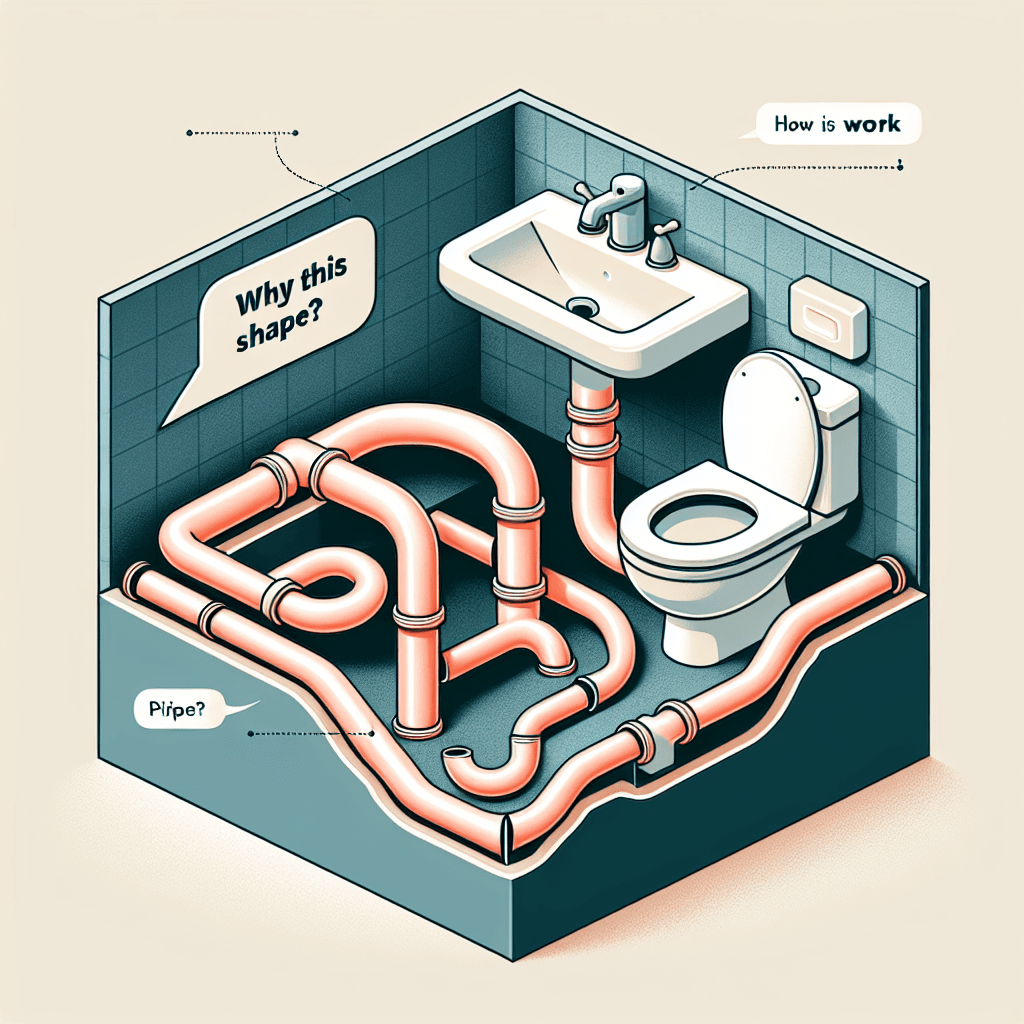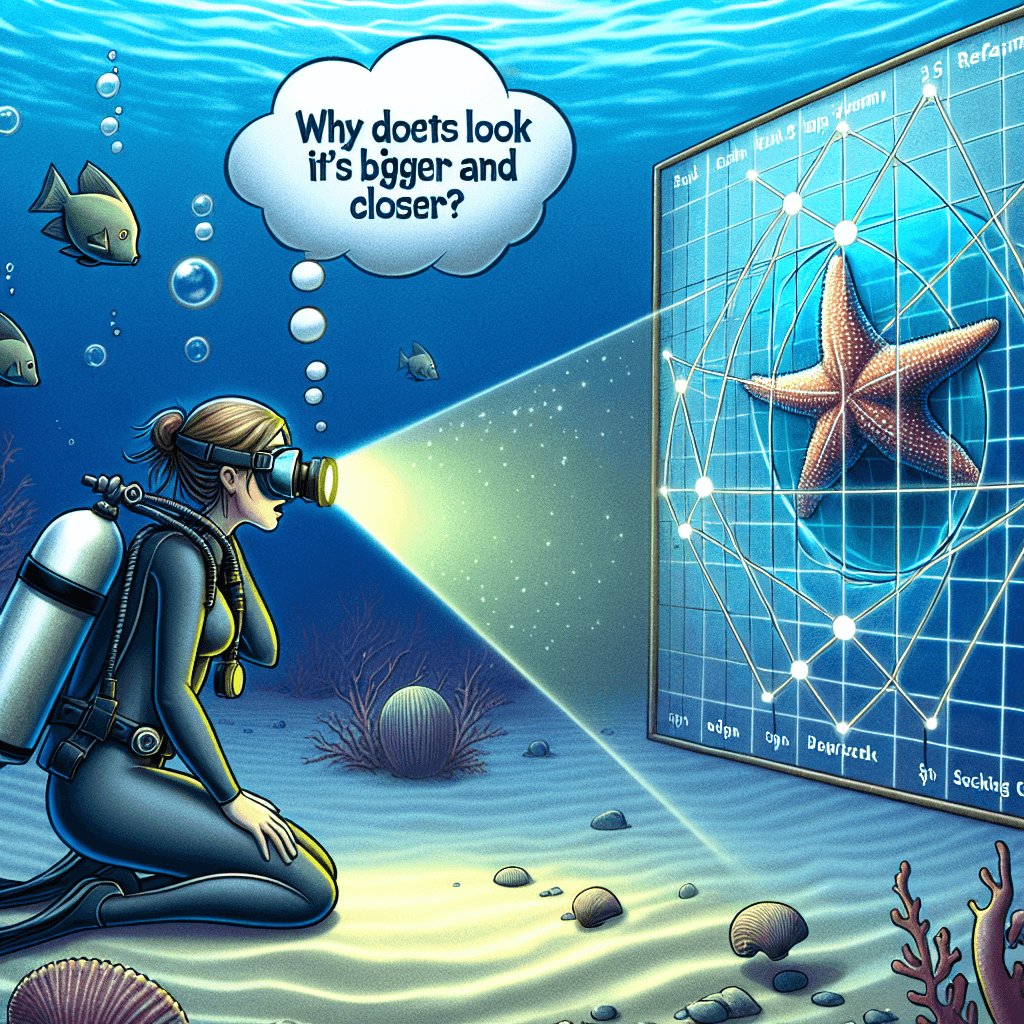Why does every sink and toilet have that strange curvy pipe underneath
That unassuming curve isn't a plumbing quirk; it's a silent guardian protecting your home from a foul-smelling invader.


Too Long; Didn't Read
TLDR: That curvy pipe, called a P-trap, holds a small amount of water to create a seal that blocks smelly and harmful sewer gases from coming up your drain and into your home.
The P-Trap Explained: Why Does Every Sink and Toilet Have That Strange Curvy Pipe Underneath?
Have you ever dropped something down the sink drain and felt a moment of panic? Or perhaps you've glanced under your bathroom vanity and wondered about the purpose of that odd, U-shaped bend in the pipework. It's a universal feature in modern plumbing, present under every sink and integrated into the design of every toilet, yet its crucial role often goes unnoticed. This seemingly simple piece of plumbing is far from a random design choice; it's a brilliant, low-tech solution to a major sanitation problem. This blog post will demystify that strange curvy pipe, revealing its proper name and the two vital functions it performs to keep our homes safe and comfortable.
Meet the P-Trap: A Simple Name for a Brilliant Invention
That curvy pipe is known in the plumbing world as a P-trap. If you look at the pipe from the side, you’ll see that the U-shaped bend combined with the straight pipe section extending into the wall resembles the letter 'P' lying on its side, hence the name. Sometimes, older plumbing might feature a more winding "S-trap," but the P-trap is the standard in modern construction due to its superior performance. It is a simple, non-mechanical device that is fundamental to the function and safety of your entire drainage system.
The First Line of Defense: Blocking Sewer Gas
The primary and most critical job of the P-trap is to prevent dangerous and foul-smelling sewer gases from entering your home. Your home's drainpipes are all connected to a larger municipal sewer system or a private septic tank—a network filled with decomposing waste that produces a cocktail of gases like hydrogen sulfide, ammonia, and methane.
Here’s how the P-trap works its magic:
- After you run water down the sink or flush the toilet, the P-trap's low-slung curve is designed to retain a small amount of water.
- This plug of water creates an airtight seal inside the pipe.
- This "water seal" acts as a physical barrier, effectively blocking the path for sewer gases to travel up through the drain and into your living space.
Without this simple feature, your home would constantly be filled with unpleasant odors and potentially harmful gases. It's an unsung hero of home sanitation, working silently 24/7.
An Accidental Treasure Chest: Catching Lost Items
While blocking gas is its main job, the P-trap has a valuable secondary benefit: it’s a retrieval point for small, heavy objects that are accidentally dropped down the drain. If an earring, a contact lens, or a wedding ring slips from your grasp and into the sink, don't panic. The U-bend of the trap often catches these items before they are lost forever in the wider plumbing system.
With a bucket placed underneath to catch the water and a pair of pliers, it's a relatively straightforward task to unscrew the fittings on the trap, retrieve your lost valuable, and reassemble it. This simple design has saved countless precious items from being washed away.
The Toilet's Built-In Trap
You won't see an exposed P-trap underneath your toilet, but the same principle is at work. The trap is cleverly integrated directly into the porcelain fixture itself, forming the winding pathway you see at the base of the toilet bowl. The water that you always see sitting in the bottom of the toilet bowl is the water seal for its built-in trap. Every time you flush, the bowl refills with fresh water, automatically restoring this crucial barrier against sewer gas.
Conclusion
So, that strange curvy pipe is much more than just a piece of plumbing. The P-trap is an ingenious and essential device that serves two key purposes: it creates a water seal to block harmful sewer gases from entering your home, and it acts as a convenient catch-basin for small, dropped valuables. It’s a perfect example of simple, effective engineering that significantly contributes to the health, safety, and comfort of our modern homes. The next time you glance under your sink, you can appreciate that humble P-trap for the silent, vital work it does every single day.
More Articles

Why do things underwater look bigger and closer than they really are?
It’s not your eyes playing tricks on you—it's a fascinating law of physics that turns the entire underwater world into a giant magnifying glass.

Why do spaghetti stains cling to plastic tubs but not glass bowls?
Discover why tomato sauce permanently dyes your plastic containers but wipes clean from glass—it's not your scrubbing power, but a simple case of molecular attraction.

Why was a brilliant philosopher's name twisted into the modern word for a fool?
He was a celebrated intellectual giant, yet a centuries-long smear campaign by his academic rivals twisted his very name into a common insult for a fool.